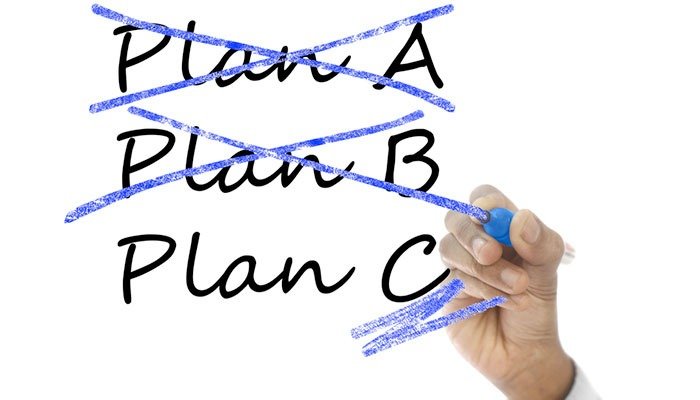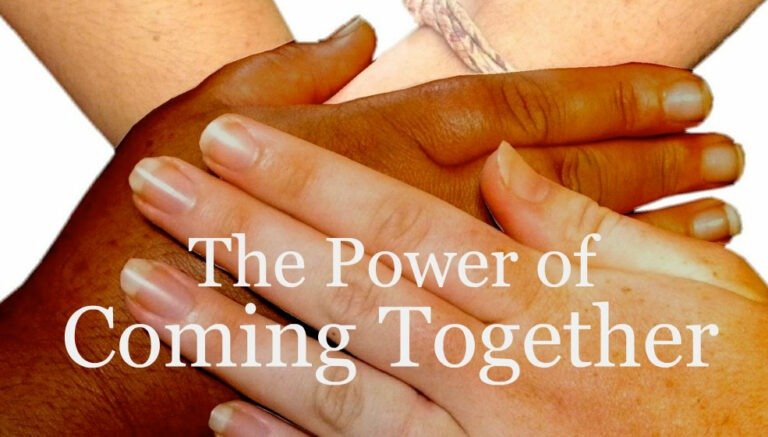The Surprising Benefits of Keeping a Pain Journal

If you’re not keeping a pain journal, maybe you should consider it. From tracking flare-ups to reducing stress, this simple exercise has many positives.
Putting pen to paper doesn’t seem like magic. In fact, for many people it may seem tedious. But studies have shown that, not only does it benefit people in general, it can help chronic pain sufferers specifically. From reducing flare-ups to boosting immunity, writing is a proven doorway to health.
Types of Pain Journaling
Journaling comes in many types. But three that have been shown to serve chronic pain sufferers are the medical record, the personal narrative and poetry (yes, really – but don’t let it scare you).
Medical Record A medical record is a list of information you write daily to help you and your medical team identify triggers, adjust medication and limit flare-ups. This straightforward list also has a positive side effect: stress reduction. Keep the journal daily for a minimum of six weeks (eight is better). Make sure it’s legible enough that you and your medical team can read it.
In writing about your pain experience, you and your medical team will begin to see patterns that can help you reduce your pain. In addition, it can help your doctors anticipate flare-ups, adjust medication and manage side effects. Knowing that you’re taking control of your health – and improving it as a result – will decrease stress, which will feed the helpful cycle.
Personal Narrative
James Pennebaker, Ph.D., is a psychology professor at the University of Texas at Austin. For more than 20 years, he’s studied the positive impacts of journaling on health. In his books, Opening Up, and Writing to Heal, he explores how different types of personal narrative, particularly writing about pain or trauma, can have a beneficial effect on health.
In a 2002 study, Pennebaker and Joshua Smyth, Ph.D. of Syracuse University, showed that writing about emotions and stress boosted the immune systems of patients with diseases like arthritis, asthma and HIV/AIDS.
Later, Pennebaker also found that people who construct a personal narrative during journaling (that is, it had a story-like structure when it was finished) had better benefits than those who didn’t. Creating narrative allowed them to shift perspectives, seeing their experience differently, and adding meaning to the event they were journaling about. Meaning, they found, is a key component in healing.
Poetry
Reading and writing poetry have long been considered beneficial to health. Poetry has a natural healing presence. It has been shown to increase empathy between caregiver and patient, as well as improving physician effectiveness.
Not only do reading and writing poetry require mindfulness – a different sort of listening than we normally take time for in our fast-paced lives – but they offer us an opportunity to talk about normally taboo subjects, like illness and death, in healing ways.
In October 2015, the HealthAffairs blog posted the winners of its first-ever poetry contest. More than 500 poems were submitted about health care and health care experiences, and from those, a panel of judges chose three. One of the featured poets called poetry “spiritual medicine.”
To read more poems on health, try PoetrySoup. Want to try your hand at writing some? Check out 12 Ways to Write a Poem.
Benefits of Keeping a Pain Journal
There are many benefits to keeping a pain journal. In writing to heal, you may find yourself experiencing an increase in:
– Mindfulness
– Gratitude
– Communication with your doctors
As well as a reduction in:
– Flare-ups
– Stress
The gratitude piece is worth calling out. Young adults who kept a gratitude journal experienced increases in determination, enthusiasm, energy and attention compared to the groups who didn’t. If you’re keeping a pain journal, you might consider adding a gratitude section to it, to say daily what you’re thankful for.
For more ways to develop gratitude, read our articles Can Gratitude Make You Feel Better? and Living with Chronic Pain: Discovering Gratitude.
So consider writing to heal. It may just transform your health – and your life.
PainPathways Magazine
PainPathways is the first, only and ultimate pain magazine. First published in spring 2008, PainPathways is the culmination of the vision of Richard L. Rauck, MD, to provide a shared resource for people living with and caring for others in pain. This quarterly resource not only provides in-depth information on current treatments, therapies and research studies but also connects people who live with pain, both personally and professionally.
View All By PainPathways





